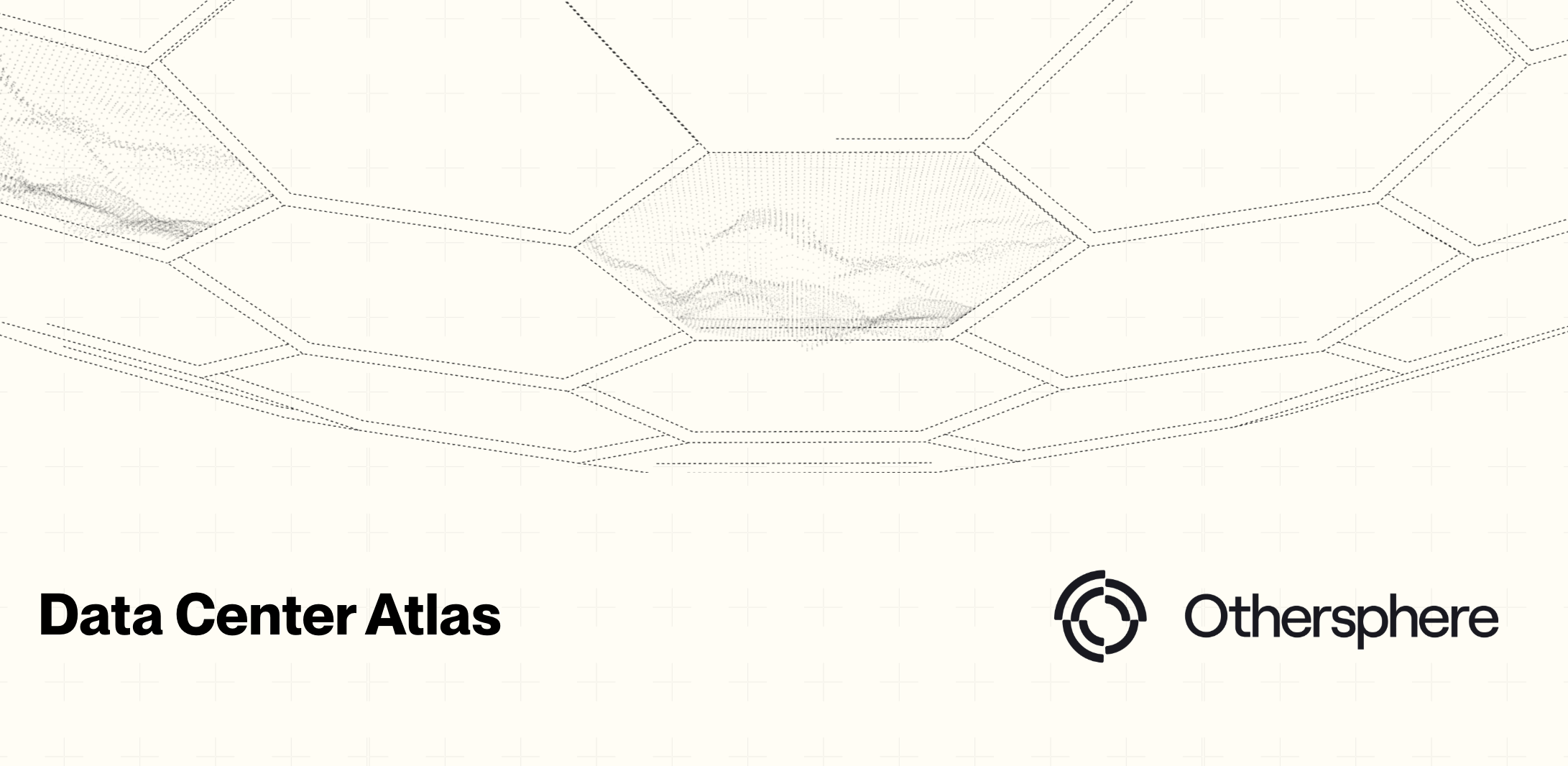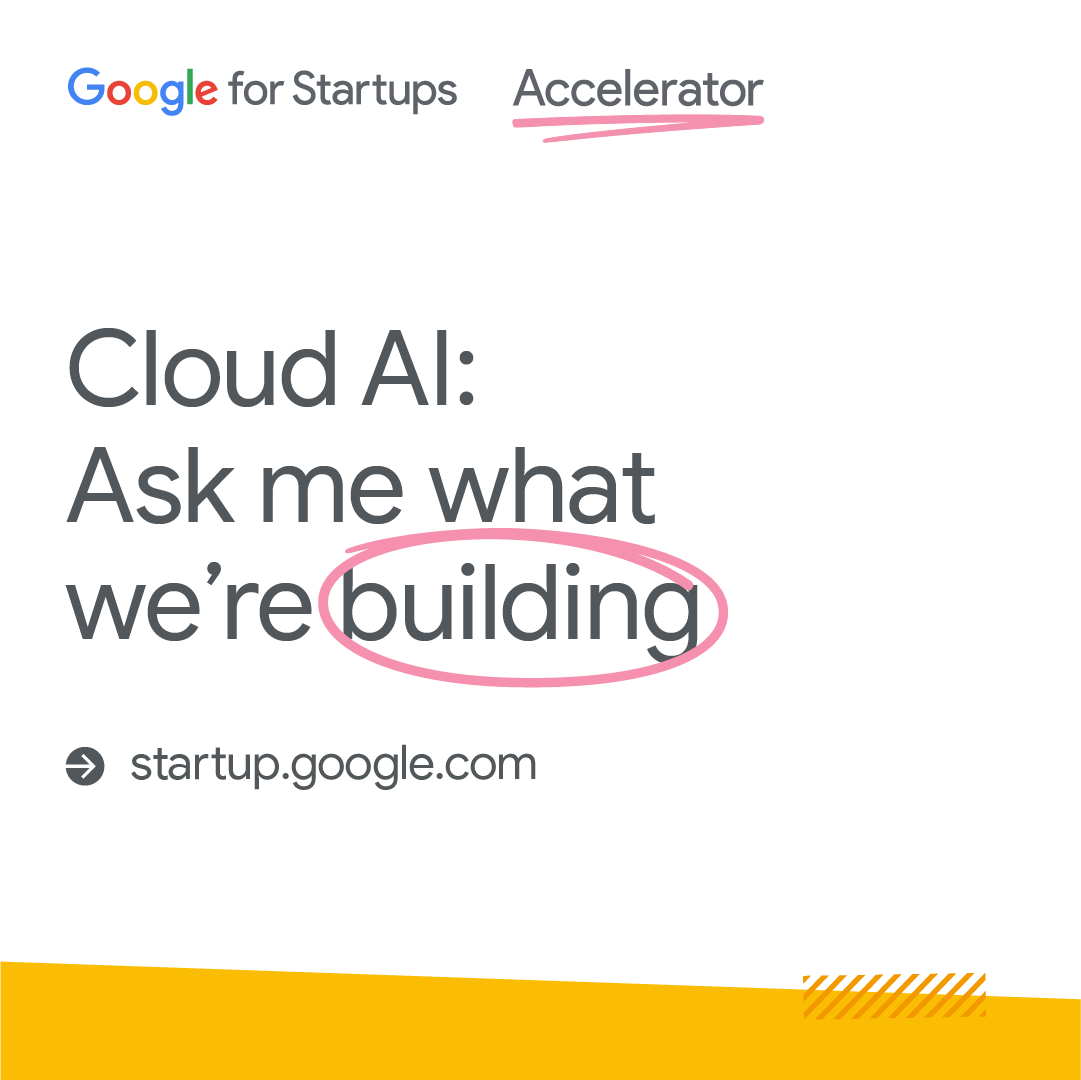


Hi, I’m Jules Carney! As a front-end engineer at Othersphere, I’ve had the chance to work on features that would have felt impossible to bring to the web even a few years ago. We bring together detailed, accurate data from across the globe, and use it to paint a picture with graphs, maps and other visualizations. It brings insights on potential sites that tell meaningful stories for any audience. Needless to say, working on these features is a web developer’s dream come true!
Today I’ll walk through one of my favourite feature sets, because it imparts so much info about a potential site that users looking for a site could feel like they’re on the ground with their measuring tapes.
For a full video of the walkthrough below, please click here!
Let’s say a team wants to build a data center near Boulder, Colorado, but is worried about how the landscape will fit in with their building designs.
First, we’ll make a stop at the main map, where we can filter based on attributes we want the site to have, like average slope, land cost, distance to roads or power sources, and many other crucial factors. In the picture below, we’ve filtered to return sites with only 0-5% built area, and are colouring our heat map based on topography. Less populated areas tend to have steeper slopes, but with just this three second search we see some pale yellow hexes which are nice flat sites with few built-up areas. We could also do another search including our slope requirement filters if we wanted to just get back the hexes with lower slopes.

After we’ve picked a site, we can jump into site analysis. Looking at the left-hand tabs, we can see many ways to evaluate our location, including factors relating to economics, emissions, and fit with local human and environmental factors. These factors are then rolled into detailed project modeling, to bring the whole story together.
But let’s assume that the fundamentals look good, and so we want to move to the footprint tab as concern becomes fitting our data center to a given site.
First we check out a site, and we have a good sized potential footprint to work with, close to high voltage powerlines and data transmission cables.

Let’s assume we want to build a site about 1km square, so we check out an area with our Measure area tool.

It looks decent, and not built up, but let’s dig into the elevation and landscape a little more. We draw a line to measure the distance of our potential site, and we also get an elevation profile, which reveals a pretty significant variation of over 20 metres.

This area looks more promising! We see less variation in the elevation profile.

When we check out the area, it looks like there will be ample space here.

As a project developer I’d likely now loop back to iterate on the project model, using this area analysis and all of our other data to fine tune potential cost, emissions, and planning for aspects of local fit such as protected areas. From there I would likely review details on the land parcels and owners, to get ready for external engagement.
By bringing all of this together in one place, we can pick a great site with no surprises and everything we need for our data center to succeed!
Source:
Original data source:
Spatial coverage:
Visibility:
Methodology:
Download:
License:
The data provided herein is made available on an "as-is" basis, without warranty of any kind, either expressed or implied. The provider does not guarantee the accuracy, completeness, or usefulness of the information. By downloading this data, the user acknowledges that the provider shall not be held liable for any errors, inaccuracies, or omissions in the data, nor for any damages, losses, or consequences arising from the use, misuse, or reliance on this data. The user assumes full responsibility for the use of the information provided and agrees to use it with caution and at their own risk.
Click here to access the Othersphere Data Center Atlas
What does the market view as a good data center location? This is something we can clearly observe based on how data centers are deployed today.
But how will the definition of a successful project evolve over time? And how might this differ across different classes of data centers?
Planning for the long-term, it is important that markets and policymakers are intentional about their expectations and requirements for these assets, as the role of data centers in economic growth, energy demand, climate outcomes, and geopolitical stability will all undoubtedly increase.
Then in the near-term, the risk of data center investment bubbles and market swings appear very high. As such, the ability to target data centers with strong fundamentals that will succeed in both good times and bad is essential.
History smiles on those who build commoditized industrial infrastructure in locations with the best fundamentals, so who will be the 'Saudi Arabia of compute'? The race to acquire power for these information refineries is the dominant narrative today. But when the smoke clears it will be key long-term fundamentals that matter to operators, policymakers, investors, communities, and beyond.
With this framing in mind, this Data Center Atlas is our contribution to inform a more data-driven view of the shape of the global data center fleet today, and how this may evolve over time.
At launch this Atlas includes a sample of the metrics we use to evaluate existing and potential data center locations. Here we highlight trends at the thousands of sites around the world that host data centers today, drawn from the over 180 million locations that Othersphere models worldwide. We are also experimenting with AI-generated/human-reviewed context for each metric; with AI model outputs shaped by the data provided from our backend.
This living document is also a pilot for future report-centric products on data centers and other industrial sectors, helping us understand needs around:
Reach out to learn more or provide feedback, and in the meantime, thanks for reading!

What does the market view as a good data center location? This is something we can clearly observe based on how data centers are deployed today.

VICTORIA, BC, Sept. 9, 2025 /PRNewswire-PRWeb/ -- Othersphere announced its participation in Google's AI for Energy program, with the collaboration focused on accelerating deployment of innovative report-based intelligence products for data centers, hydrogen production, and other energy-intensive infrastructure.
Expanding on Othersphere's existing enterprise software products, these reports utilize rigorously structured platform data from Othersphere to guide generative AI—delivering powerful new products tailored to project or portfolio design and diligence.
Key Highlights
"By combining Othersphere's data and asset modeling with generative AI, we're giving infrastructure decision-makers something they've never had before: instant, reliable insight at the scale of the global market," said Robert Murphy, CEO of Othersphere.
Market Impact
These reports will be available on a standalone, targeted basis, and will also be integrated into Othersphere's Explorer software products. By layering narrative-level synthesis atop rigorous global data and detailed modeling, Othersphere enables:
About Othersphere
Othersphere accelerates deployment of high-performance industrial infrastructure. This search engine for sustainable infrastructure is driven by vast amounts of consolidated global data, and billions of bottom-up project models, across millions of individual locations. Backed by Breakthrough Energy Fellows, Othersphere enables infrastructure stakeholders such as project developers, OEMs, financiers, and operators to reduce costs, accelerate action, and improve long-term asset performance. Visit www.othersphere.io to learn more.
About Google AI for Energy Program
The AI for Energy program focuses on grid optimization, demand flexibility and energy solutions for customers, including utilities and commercial entities. By supporting advancements in areas such as interconnection queues and carbon-aware infrastructure, the Accelerator aims to drive innovation, sustainability, and reliability in the energy landscape. Learn more about the Google for Startups Accelerator: AI for Energy program here.
Contact
For more information about these new report offerings, or to explore integration into your work, contact:
Othersphere Systems Inc.
Phone: +1 (236) 428‑4400
Email: press@othersphere.io

Othersphere announced its participation in Google's AI for Energy program, with the collaboration focused on accelerating deployment of innovative report-based intelligence products for data center, hydrogen production, and other energy-intensive infrastructure development.

Please reach out if you would like to learn more about Othersphere, our products, and opportunities to partner in accelerating deployment of high performance, sustainable infrastructure